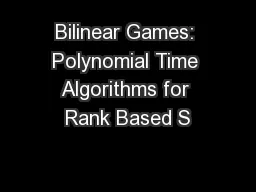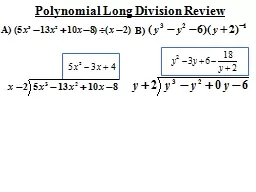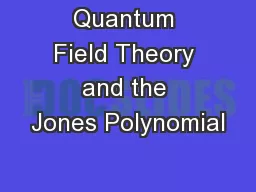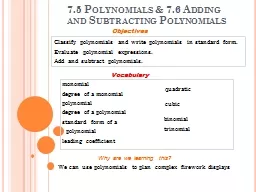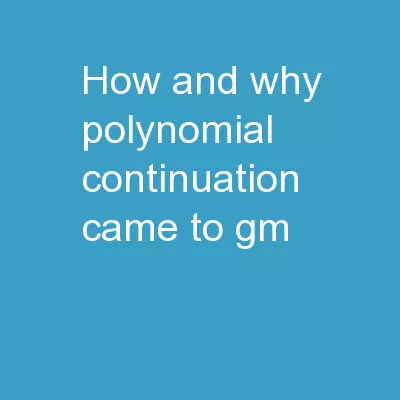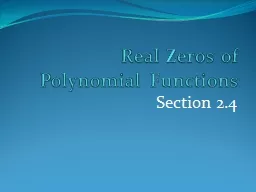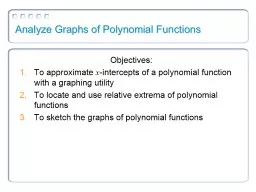PPT-Bilinear Games: Polynomial Time Algorithms for Rank Based S
Author : myesha-ticknor | Published Date : 2017-04-22
Ruta Mehta Indian Institute of Technology Bombay Joint work with Jugal Garg and Albert X Jiang A Game RockPaperScissor RockPaperScissor A Play Winner 1 RockPaperScissor
Presentation Embed Code
Download Presentation
Download Presentation The PPT/PDF document "Bilinear Games: Polynomial Time Algorith..." is the property of its rightful owner. Permission is granted to download and print the materials on this website for personal, non-commercial use only, and to display it on your personal computer provided you do not modify the materials and that you retain all copyright notices contained in the materials. By downloading content from our website, you accept the terms of this agreement.
Bilinear Games: Polynomial Time Algorithms for Rank Based S: Transcript
Download Rules Of Document
"Bilinear Games: Polynomial Time Algorithms for Rank Based S"The content belongs to its owner. You may download and print it for personal use, without modification, and keep all copyright notices. By downloading, you agree to these terms.
Related Documents

